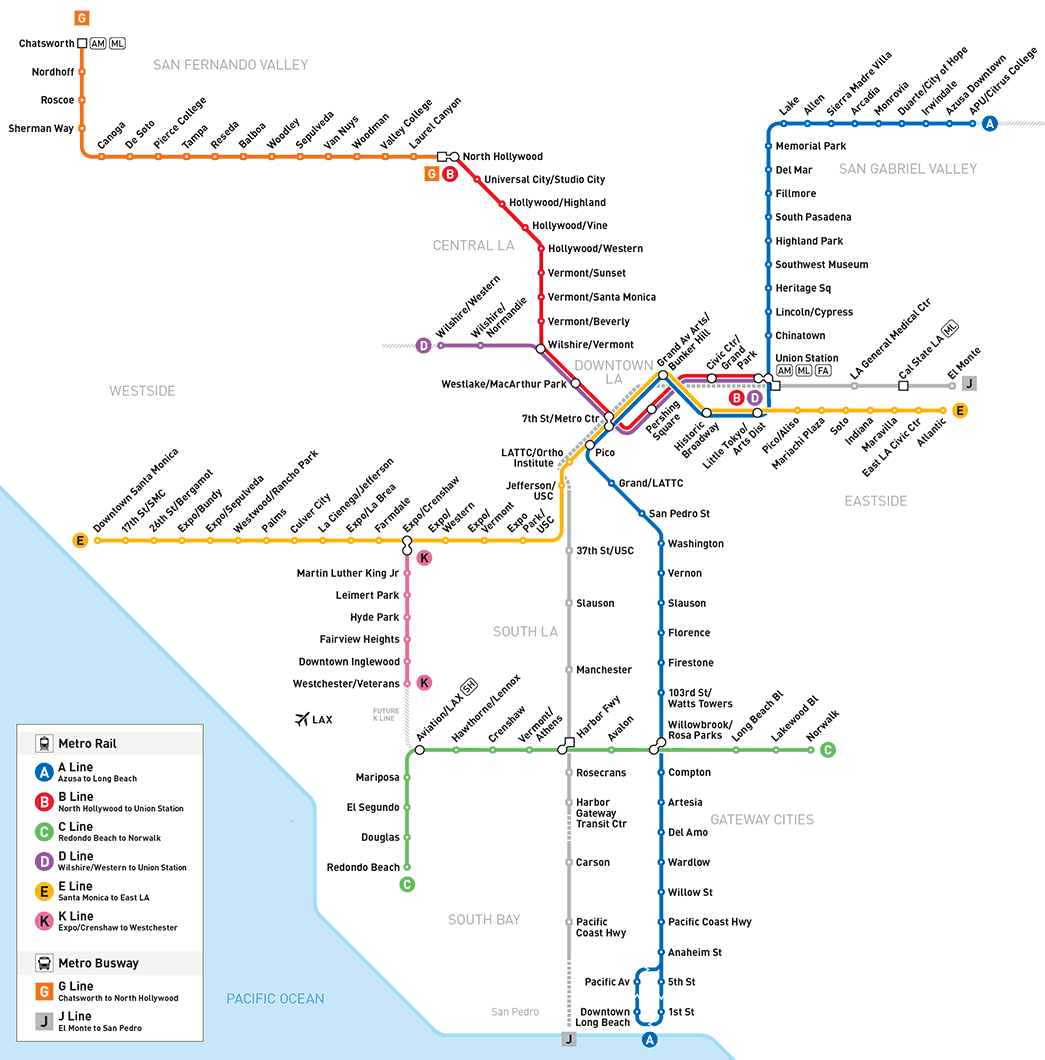
The ArcMap Program is a very complex way of inputting data effectively. Although there are many different steps required to input your information as desired, the illustrations are unlike any other I have seen. I would like to continue making use of ArcMap for future projects in order to better maneuver the controls and overall programming.
Potential:
I do not know what could limit the potential of ArcMap. There are soo many possible procedures that I am not familiar with yet. Thus far, I like the multiple layers that can be added to one map, deducted from the same map, and illustrated whenever one would like to represent different forms of information. This feature is really cool to me.
Pitfalls:
The potential pitfalls of the program can be demonstrated when errors occur. Since the program corresponds with the user, the user might make minor mistakes that do not allow the program to proceed with planning. I noticed in my experience that if you forget one small detail, the program does not let you move on. This really stumped my use because it caused frustration and did not allow me to continue with my steps. Also, I have no clue where the program receives certain information that we just used in this lab. This could also be one of the potential pitfalls. If the program does not have the correct data input from the beginning, what ensues will only further the discrepancies.
In the future, I would like to better enhance maps. I would like to add further detail, like that of population density. I would like to play with the different layers in the Data sets in order to see the many different forms of information that are able to be represented in the maps. I would like to make my maps more colorful to represent different types of data, if possible. I would like to format different points of interest. Just like schools were represented in this tutorial, I would like to maybe look up McDonalds in a closer contexts, like Professor Shin posted in lecture.







